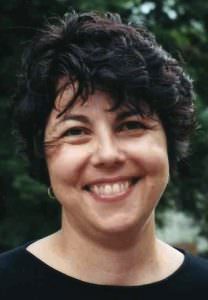Julian Brave NoiseCat & Emily Kassie’s on “Sugarcane”: Their Oscar-Nominated Exploration of Trauma and Truth
Toronto-born filmmaker and investigative journalist Emily Kassie has covered conflict around the globe, from the Taliban’s crackdown on women to child labor in Turkey. “But I had never turned the lens on my own country,” says Kassie. That’s changed with Sugarcane, which mixes a grassroots investigation with personal and collective reckoning of years of forced separation, assimilation, and abuse of Indigenous children by Catholic priests at St. Joseph’s Mission Indian residential school in British Columbia, Canada.
The film which Kassie shot and co-directed with Julian Brave NoiseCat, won the Directing Award for Documentary after its premiere at Sundance last year and is now nominated for the Academy Award for Best Documentary, making it the first time that a film with an Indigenous director from North America has been nominated. Acquired by National Geographic Documentary Films, it is streaming on Disney + and Hulu.
Kassie, in 2021, decided to focus her investigation on St. Joseph’s Mission Indian residential school in Williams Lake, British Columbia, where unmarked graves had just been discovered at the site of the former mission. She reached out to NoiseCat, a colleague when both of them began their careers as journalists. “I knew he was an incredible writer and reporter on Indigenous life. I knew he’d been good to work with,” Kassie said. What she didn’t know was that NoiseCat, who’d been raised by his mother in Oakland far from his Indigenous Canadian father, had deep roots in Williams Lake.
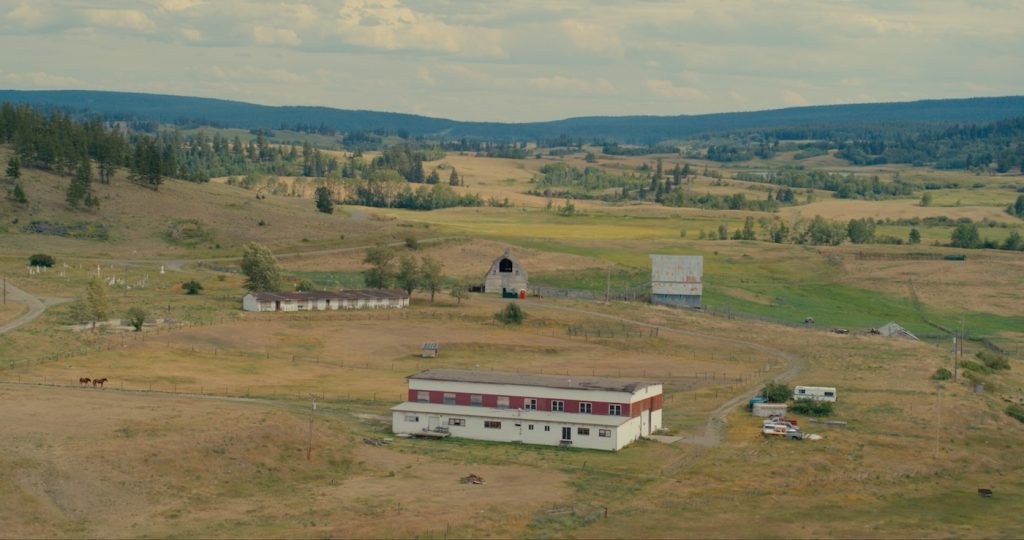
“Julian said, ‘That’s crazy; that’s the school my family attended, and my father was born nearby.’ That floored me,” Kassie recalled. Despite that connection, Kassie considered NoiseCat her creative partner, not a subject in the film. But as shooting progressed, and the filmmakers built trust with Williams Lake First Nation members who shared their harrowing stories, Kassie understood that “should Julian choose to participate, the film would go to another level. It took more than a year before Julian and his father would hop in a car and search for answers. It felt fated in many ways, but it was a choice only Julian could make.”
NoiseCat said he began to understand his personal stake in the ongoing trauma and injustice that destroyed and damaged generations on the Sugarcane Indian Reserve, including that of his father and grandmother.
“It became clear that my dad had a lot of questions about his birth, his upbringing, and the impact of the schools. Here, I was in a position to help him address, if not answer, those questions and, in so doing, help myself address my own enduring questions that begin with the schools,” said NoiseCat.
Sugarcane offers a brief but essential history of how the Canadian government in 1894 created a network of boarding schools run by the Catholic church. Tens of thousands of Indigenous children were separated from their families and forced into these institutions with the official purpose of eliminating the “Indian problem.” The abusive environment was designed to dehumanize the children, strip them of their language and all connections to their culture, and force them to follow Christianity.
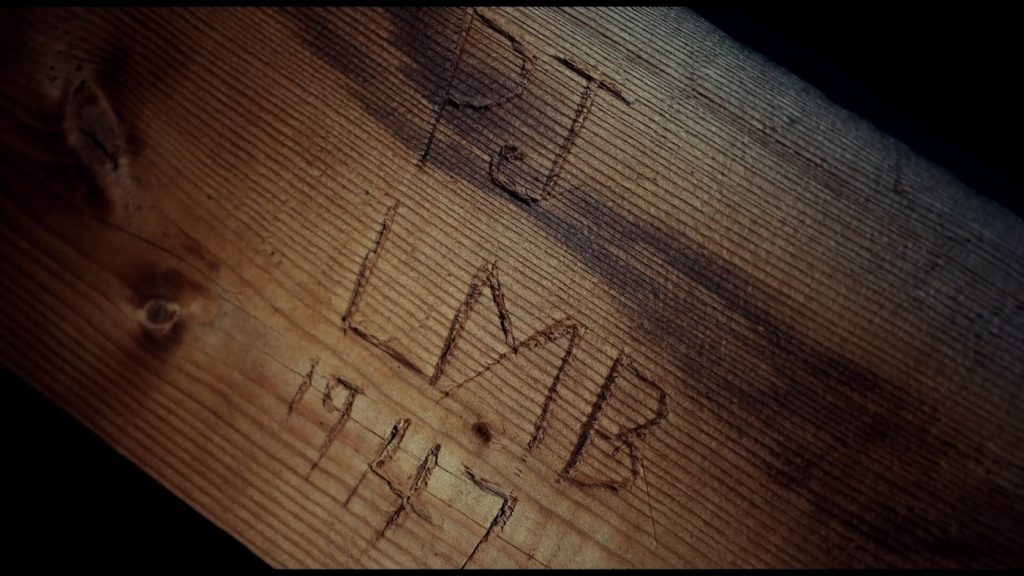
In the film, Julian’s grandmother struggles to even talk about what happened to her as a child after she was forced, like other Indigenous children, to attend St. Joseph’s Mission residential school. Most children were sexually and emotionally abused by priests who ran the school and nuns who were complicit. Children died, some while trying to escape, their bodies buried in unmarked graves. Girls raped by priests gave birth shrouded in secrecy and shame, their newborns tossed into incinerators as witnessed by one survivor who is still haunted by the memory.
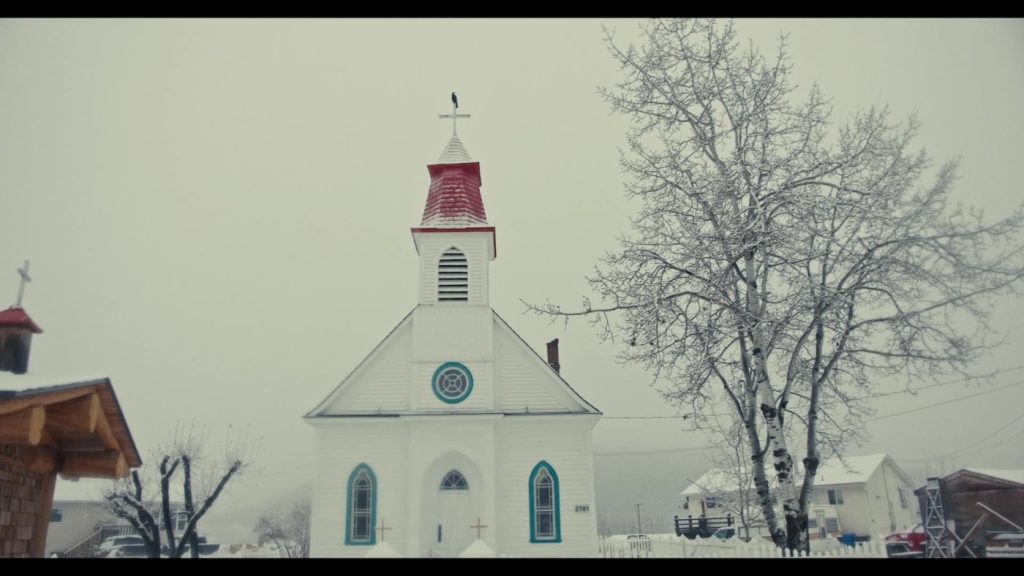
Julian’s father, Ed Archie NoiseCat, was born at the school but knows little else except the pain that’s engulfed and ruined his entire life. Sugarcane reveals Julian and Ed grappling with how the unspeakable has scarred their relationship. The film is also a road movie as father and son travel, literally and metaphorically, to confront the past and try to heal.
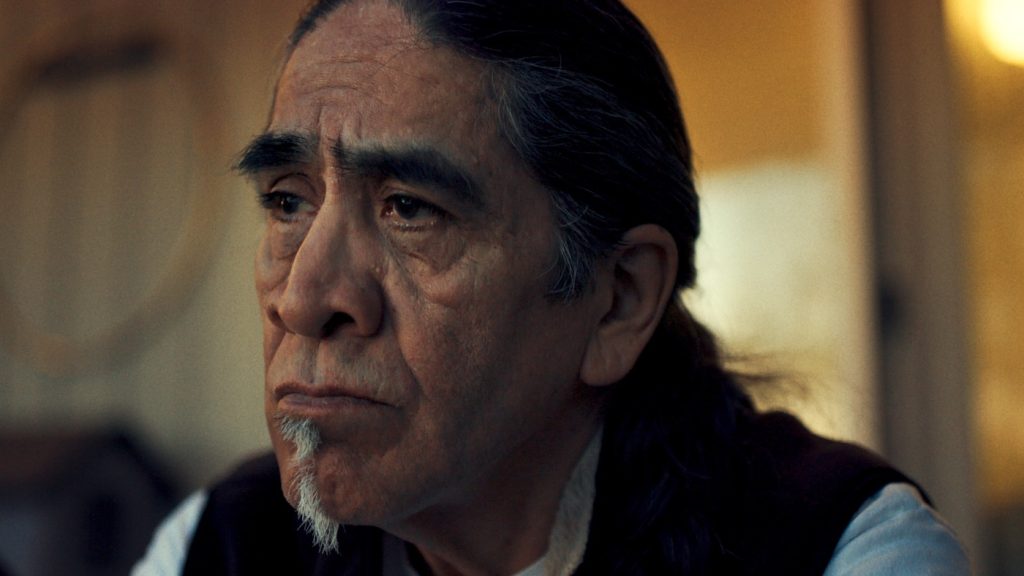
“I saw the bravery of survivors who were willing to trust us with painful, traumatic stories that have haunted them their entire lives. I thought, if they are willing to trust us and as the son of the only known survivor of the incinerator at the mission, I had a responsibility to other survivors and to the community,” said Julian NoiseCat. “They gave so much; I felt I had to give back. But I didn’t know it would be healing. I thought it might be harmful. But ultimately, it was a healing thing for me, for them, and for the community.”
NoiseCat expanded on the road trip and the rebuilding of his relationship with his father for his first book, We Survived the Night, out this year from Alfred A. Knopf.
Williams Lake First Nation investigator and survivor Charlene Belleau, who’s been fighting for decades to bring attention to the victims of St. Joseph’s despite institutional apathy, is a compelling figure in the film. In one of many riveting scenes, Belleau and NoiseCat discover initials and dates carved by children, as if delivering silent testimony, into the walls and beams of a boarded-up, dusty barn on the site of St. Joseph’s, which operated from 1896 to as late as 1981.
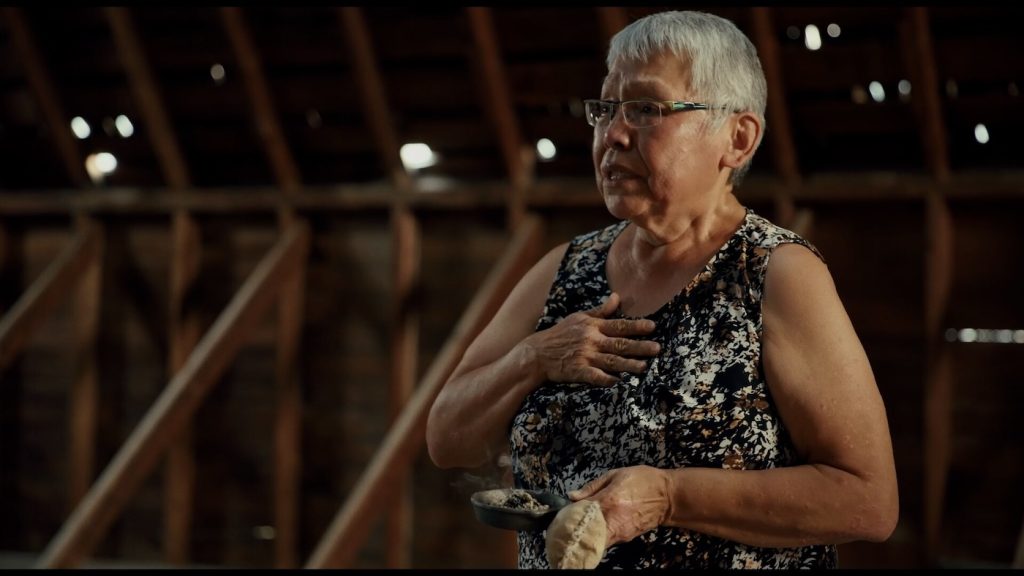
Kassie was shooting that day and calls it one of the most transformative experiences she’s had as a filmmaker. “The barn was a place of horror and a place of refuge, and you could feel it in the space, the way the wind picks up, the little holes in the roof where light spills in, the sound of birds screeching through the rafters,” she said. “When Charlene starts to pray and brings Julian in, it felt like the world broke open in that moment. You can’t fully capture what it was to have witnessed it. It was life-changing and spirit-altering. It was hard to capture [in the film], but we got as close as we could to what happened in the barn that day.”
Sugarcane’s Oscar nomination connects the film to an even wider audience and provides, at long last, some acknowledgment for what happened at Williams Lake and beyond.
“Survivors are so proud of this movement and this film. Everyone feels that they are finally being heard,” said Kassie. “The film screened in the [Biden] White House and Canadian Parliament and across indigenous communities. It’s the first time a film with an indigenous director from North America has been nominated, which is historic in Hollywood and is breaking barriers. Everyone in the community around Sugarcane feels proud of what we made with thought and care. It’s not just a story of the past.”
For NoiseCat, past and present are inseparable; for his family and in his own reckoning with what happened to them and to him. “We all have ways of coping with this history of genocide,” he said. “I hope the film helps people of my generation to get a better understanding of our parents’ and grandparents’ generation.”
For more conversations with Oscar-nominees, check out these stories:
“Conclave’s” Oscar-Nominated Costume Designer Lisy Christl on the Fashion of Faith
“Nickel Boys” Writer/Director RaMell Ross on Camera as Consciousness in His Oscar-Nominated Film
Featured image: Julian Brave NoiseCat and his father Ed Archie NoiseCat look down at the Williams Lake Stampede from the top of “Indian Hill” on their roadtrip back to St. Joseph’s Mission, where Ed was born. (Credit: Emily Kassie/Sugarcane Film LLC)


